When Rabbi Rachel Bovitz sat down a few months ago to read
the novel, “The Da Vinci Code,” she was curious about the buzz surrounding the
controversial best-seller. But what she wasn’t prepared for was how profoundly
disturbing she would find the book.
“The book was a fun read; it kept me entertained. But my
concerns as a religious person tainted it for me,” Bovitz said. “Parts of the
book upset me because of the claims it made about Judaism which were not true,
and because of its general undermining of religion and faith.”
“The Da Vinci Code,” written by novelist Dan Brown, has
topped the best-seller lists since April 2003, prompting numerous articles and
discussions about the book’s popularity and its explorations of radical
Christian theology.
With its dramatic cover art and heavy promotion among
booksellers, “The Da Vinci Code” seems like yet another pulp-fiction thriller,
a fast-moving mystery about an art historian who gets mixed up in a murder with
international, religious and historical implications.
What makes the book stand out from the average Grisham or
Kellerman novel is its exploration of controversial issues and the author’s
uninhibited way of making assertions that, while certainly fictitious, come off
easily as fact.
Brown bases the book on the assumption that there exists a
battle between secret societies inside and outside the Catholic church. The
author also explores the premise that the early church fathers buried
information about Jesus’ marriage to Mary Magdalene, and that the artist
Leonardo da Vinci knew of this conspiracy and hid clues about it within his
paintings.
Professor J. Shawn Landres, who teaches a class on
Christianity at the University of Judaism and is co-writing a book titled,
“After the Passion Is Gone: American Religious Consequences,” sees Brown’s
novel as part of a triumvirate of cultural icons emerging within the last
several years — the other two are the evangelical “Left Behind” book series and
Mel Gibson’s “The Passion of the Christ.”
“‘The Da Vinci Code’ finds fans among some members of the
Christian community because of its negative take on the Catholic church and for
giving an expanded role for women via Mary Magdalene,” he said, “but for Jewish
readers there is a different appeal.”
“What grabs Jews is the return to history,” Landres said.
“If you look at the adult education classes being offered all over town, you
see people in the Jewish community are very hungry for history, for learning.”
That is where “The Da Vinci Code” is the most dangerous, Landres noted. “On the
one hand, it resonates with a deep desire for education; on the other hand,
you’re satisfying that desire with inaccurate information. It’s like watching
‘CSI’ and taking it all as scientific fact, or watching ‘ER’ and trying to
practice medicine.”
Brown writes in “Da Vinci Code”: “Langdon’s Jewish students
always looked flabbergasted when he first told them that the early Jewish
tradition involved ritualistic sex. In the Temple, no less [sic]…. Men
seeking spiritual wholeness came to the temple to visit priestesses with whom
they made love and experienced the divine through physical union.”
While Brown’s book offers some interesting insights into
radical Christian thought and belief, Bovitz, the assistant rabbi at Temple
Aliyah in Woodland Hills, found the way it twists Jewish history to be
offensive. When she began to get questions from congregants bothered by
passages in the book, she decided this was an excellent opportunity to promote
both Jewish education and ecumenicism, so organized a panel discussion with the
Rev. Robert McNamara of the neighboring St. Bernardine of Siena Catholic
Church, on the book.
“We love the story of some conspiracy, don’t we?” McNamara
told the crowd of 850 who came to Temple Aliyah on March 2. McNamara said that
“The Da Vinci Code” comes at a time when people distrust authority.
Although mostly centered on Catholicism, in terms of Jewish
content “The Da Vinci Code” makes several explosive claims, including the above
idea that ritualistic sex took place within the Holy Temple in Jerusalem.
Bovitz said the concept is simply untrue, but that Brown may
have picked up the idea from reading talmudic writings about cherubic motifs
within the Temple or from references in the Book of Kings to purifying the
Temple after it had been misused.
The rabbi did say that Brown’s claim that Jesus, as a Jewish
man living in the ancient world, would likely have been married, was not
without basis but marriage “was not a legal mandate.” And while the Star of
David — a “clue” used throughout the last half of the book — is now associated
with the Jewish people, in ancient times it was claimed by many religions as a
holy symbol. The idea posited in “The Da Vinci Code” of two triangles coming
together representing male and female was “what we might call Dan Brown’s
Midrash,” Bovitz said, using the Hebrew word for explanation.
Art historian Robin Trento, one of the J. Paul Getty
Museum’s gallery teachers and an expert in Italian art, has made it her quest
since reading “The Da Vinci Code” to debunk the book’s mythology surrounding
Leonardo and his artwork. As part of the panel discussion, she noted that only
about 12 paintings have been attributed to Leonardo (his actual name, Da Vinci,
means only that he was from the city of Vinci); that only one of those
paintings may have been commissioned by the Vatican, not the hundreds claimed
by Brown, and that the author’s declaration that the artist’s paganism was
“well-documented” was completely false.
Trento said that she enjoyed the book but as a historian
felt obligated to speak out about the various inaccuracies Brown presented as
factual. She said she felt especially protective of Leonardo, a man who was not
just multitalented but well liked and respected in his time.
“I think it’s not fair to misrepresent someone about whom we
have historical documentation,” Trento said.
The main point experts emphasize is that this is a work of
fiction. Parts may be presented as historical fact, but even those portions may
have been twisted to fit the author’s story.
Asked if there was anything positive they could say about
“The Da Vinci Code,” experts said the book has increased interest in exploring
questions of faith.
“It’s a good news, bad news thing,” Landres said. “The
danger of the book is most Jews don’t know enough about Christianity to make a
judgment about ‘The Da Vinci Code’ or even ‘The Passion of the Christ.’ The
good that is coming out of it is more Jews are admitting to themselves and to
others that there is much they don’t know. The next step is to sit down and
study these documents, like the New Testament, and then to build relationships
to non-Jews to make that study meaningful.”
On May 10, from 7:30-9:30 p.m., the University of Judaism
will hold a panel discussion on “The Da Vinci Code,” called “Unraveling Fact
From Fiction.” Tickets are $20. For information, call (310) 440-1246. Â










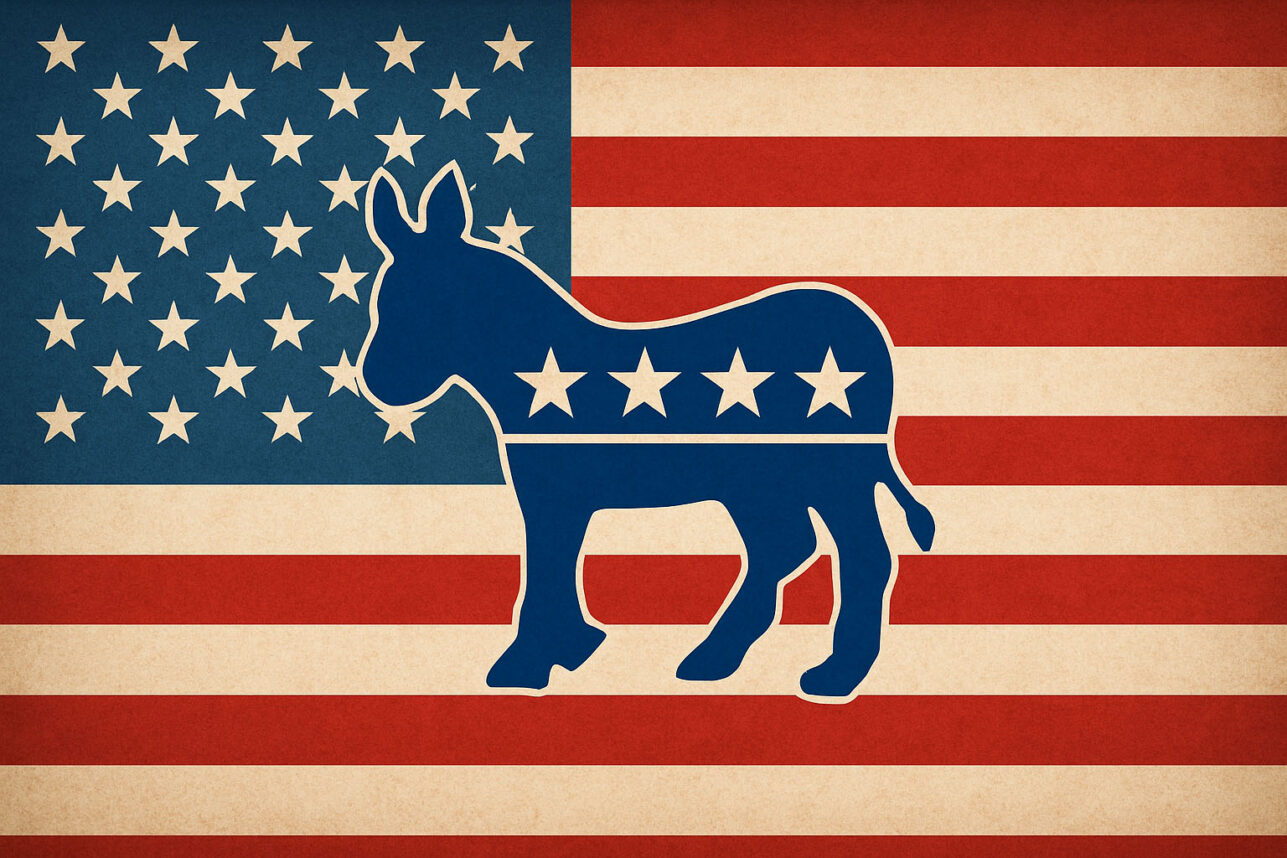

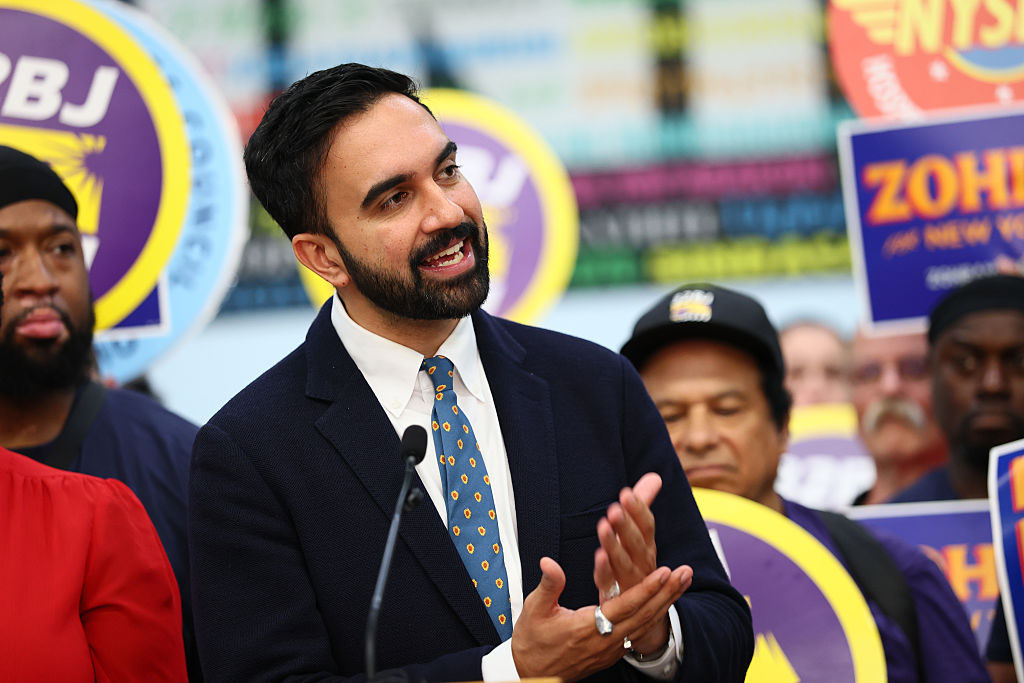
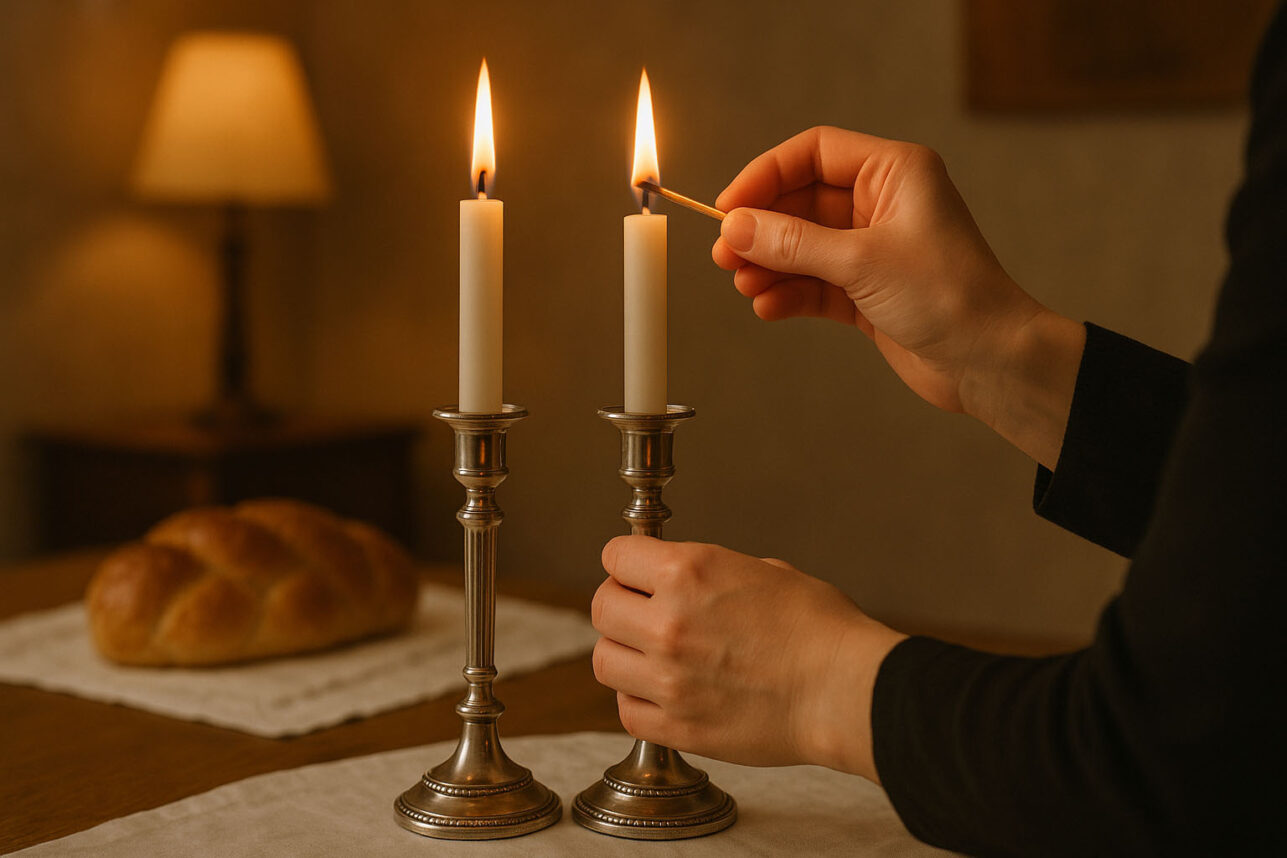


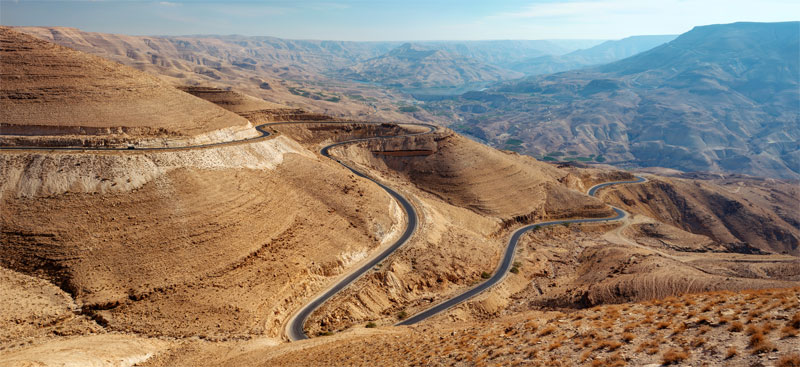



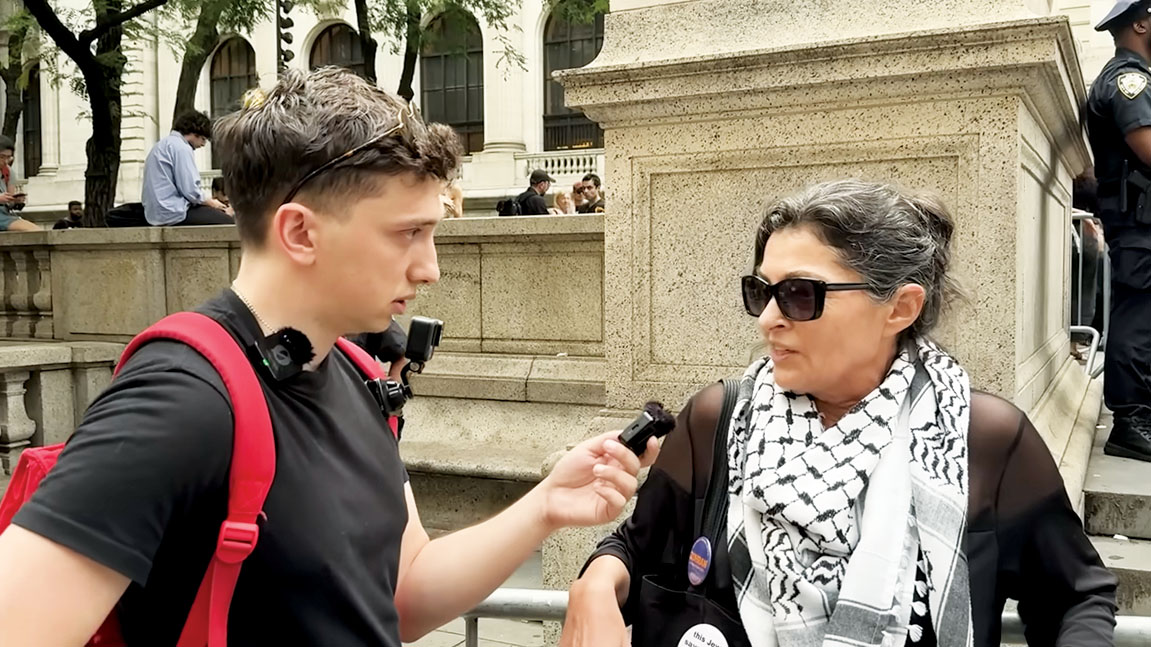
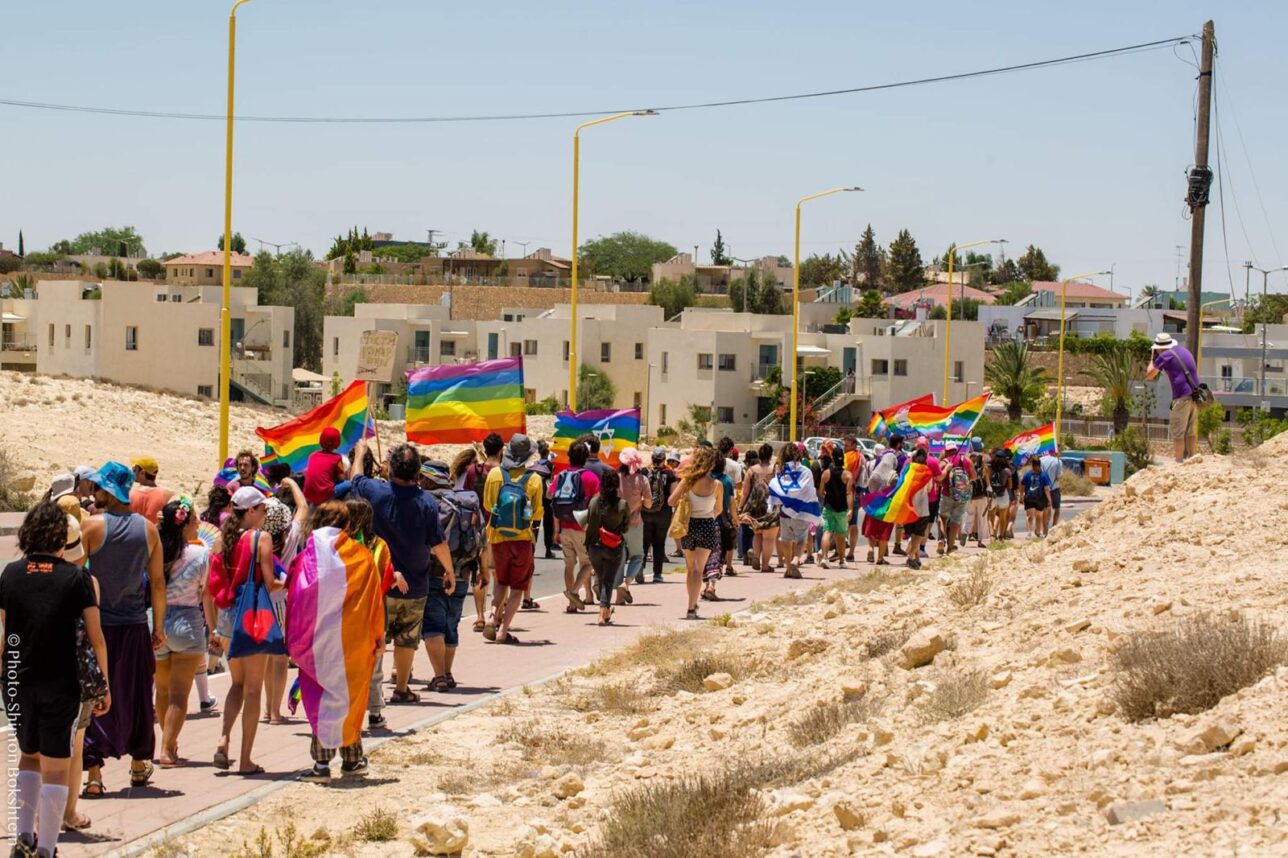




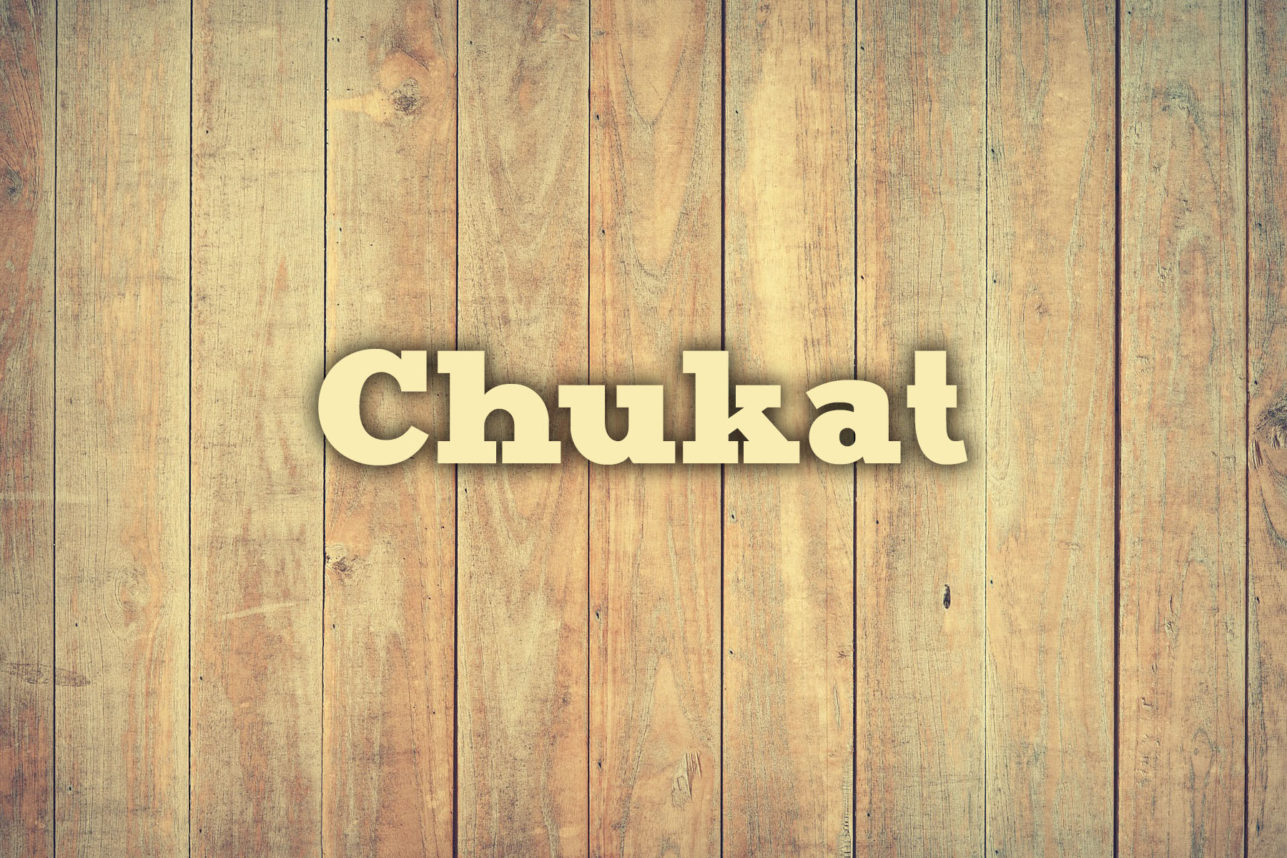
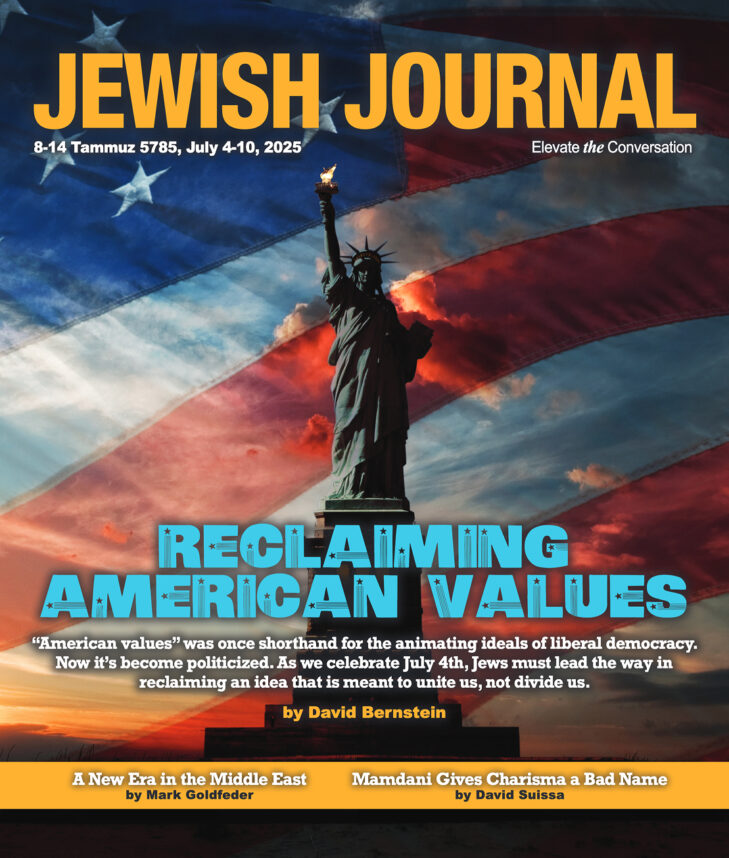
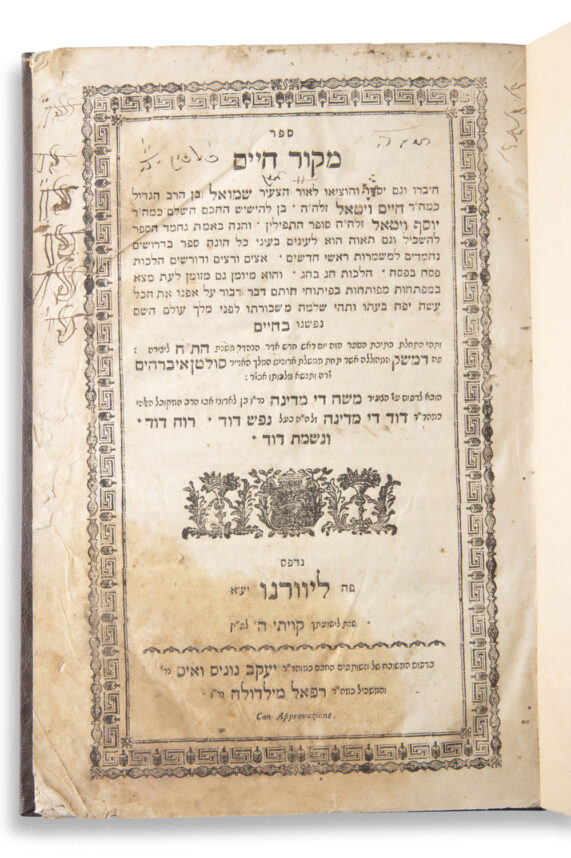
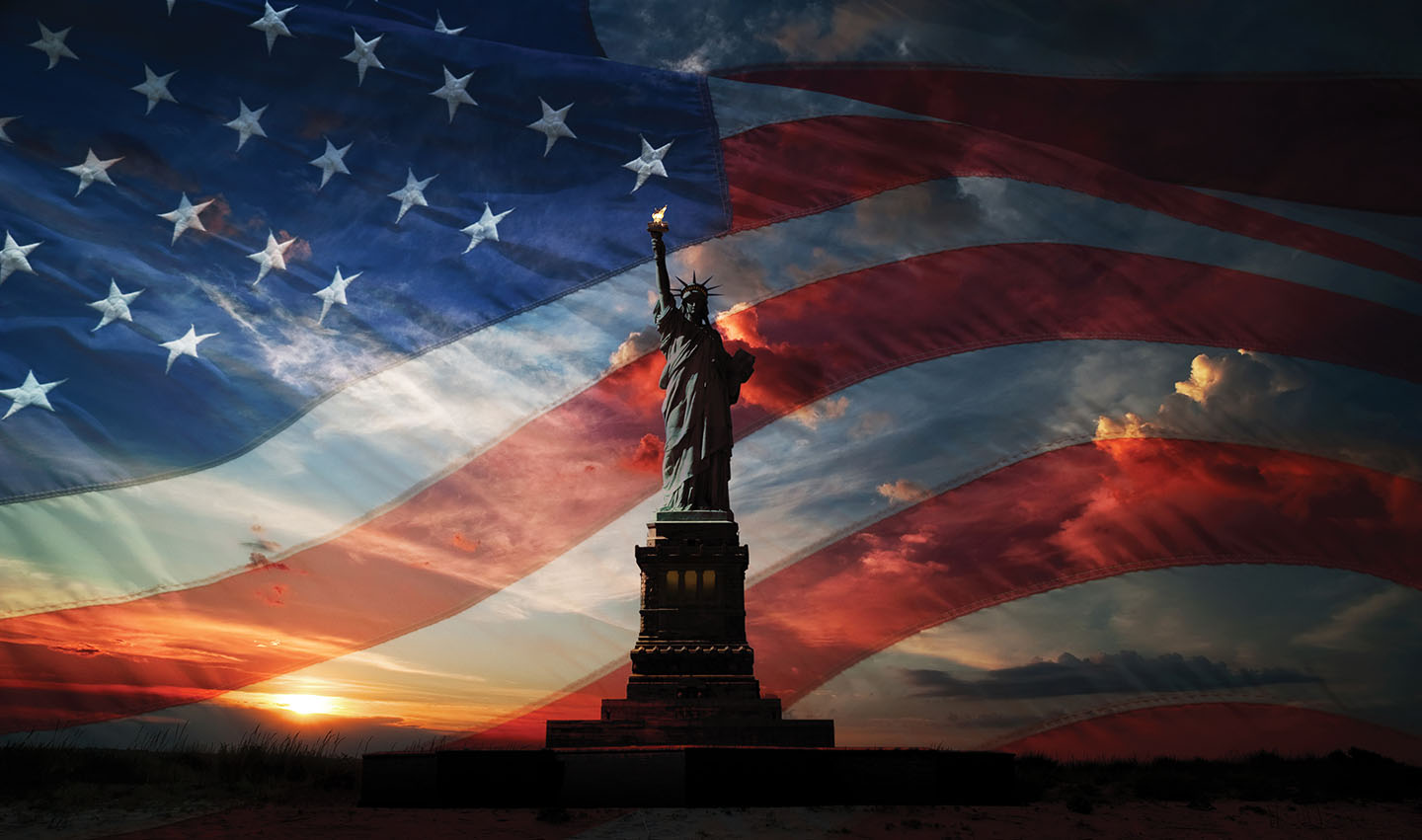

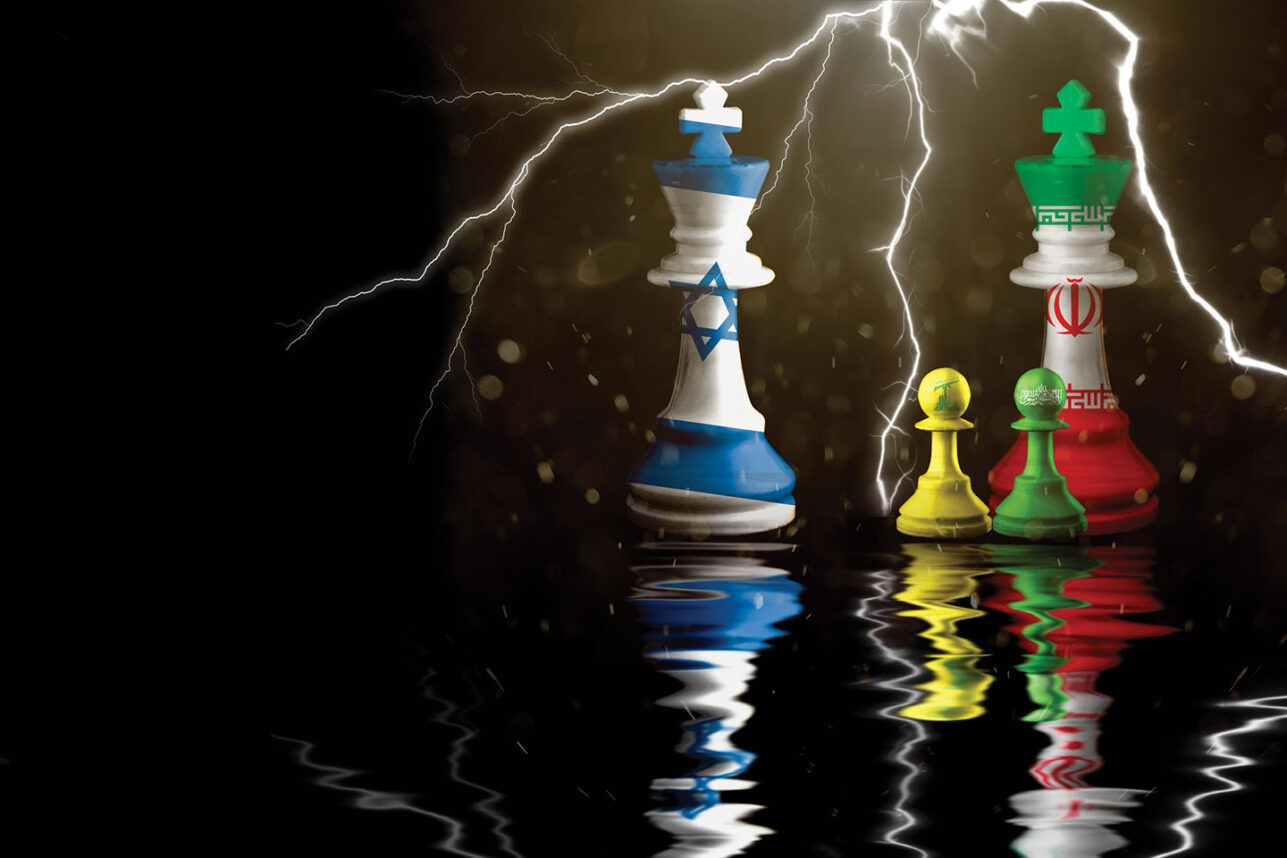

 More news and opinions than at a Shabbat dinner, right in your inbox.
More news and opinions than at a Shabbat dinner, right in your inbox.